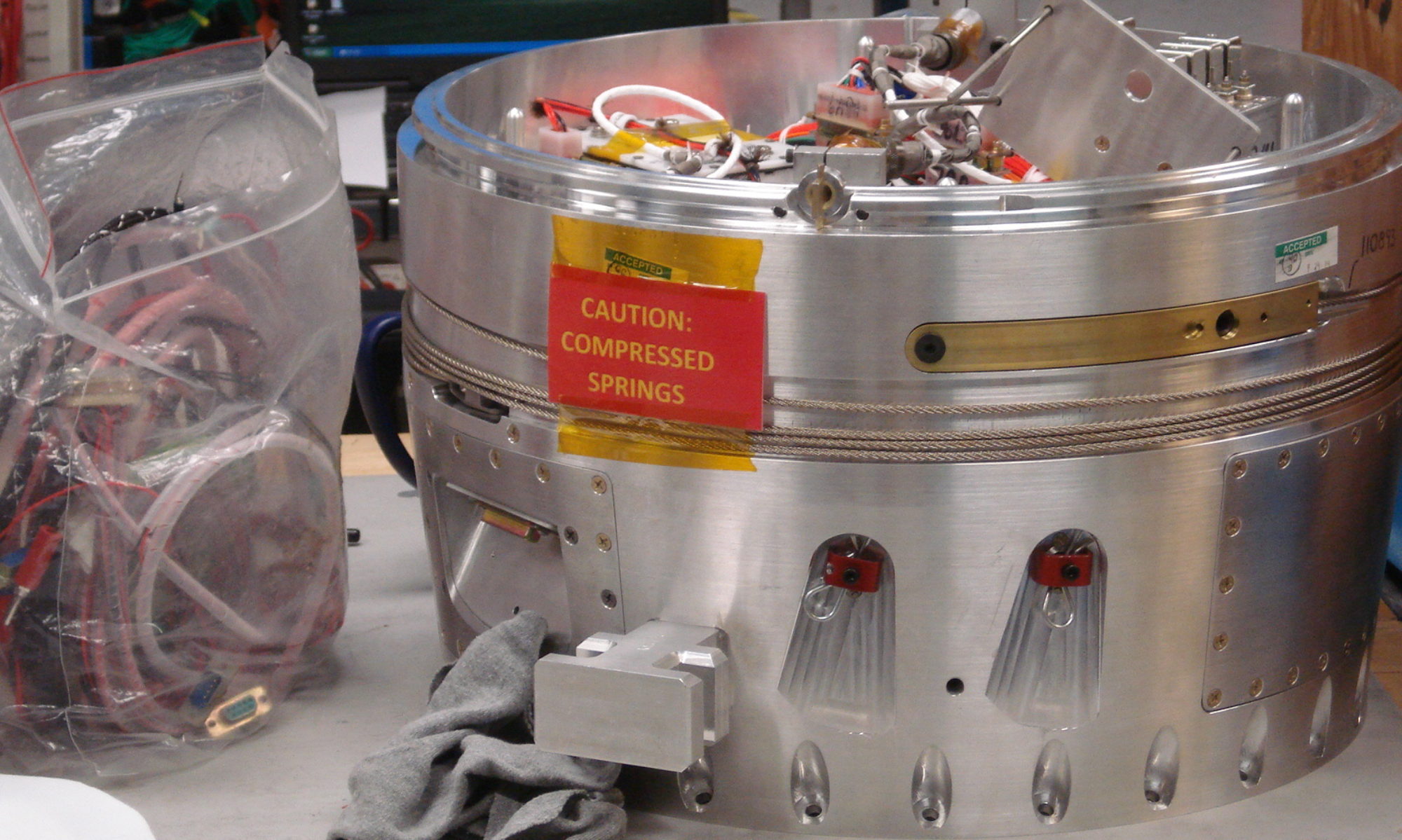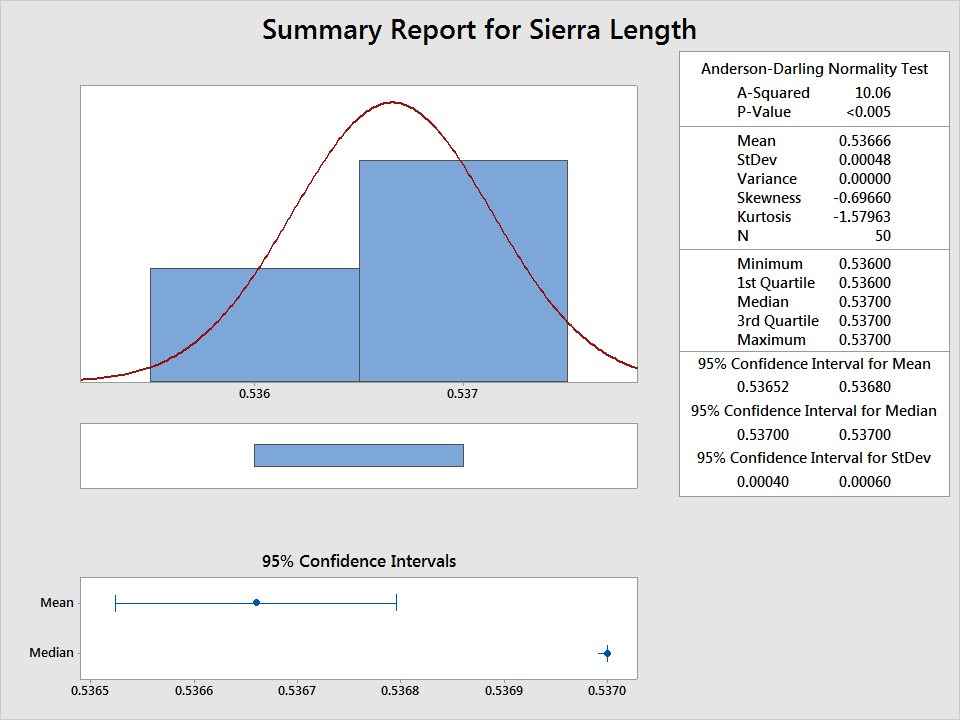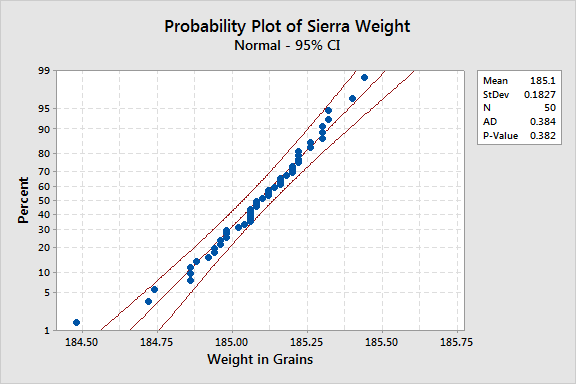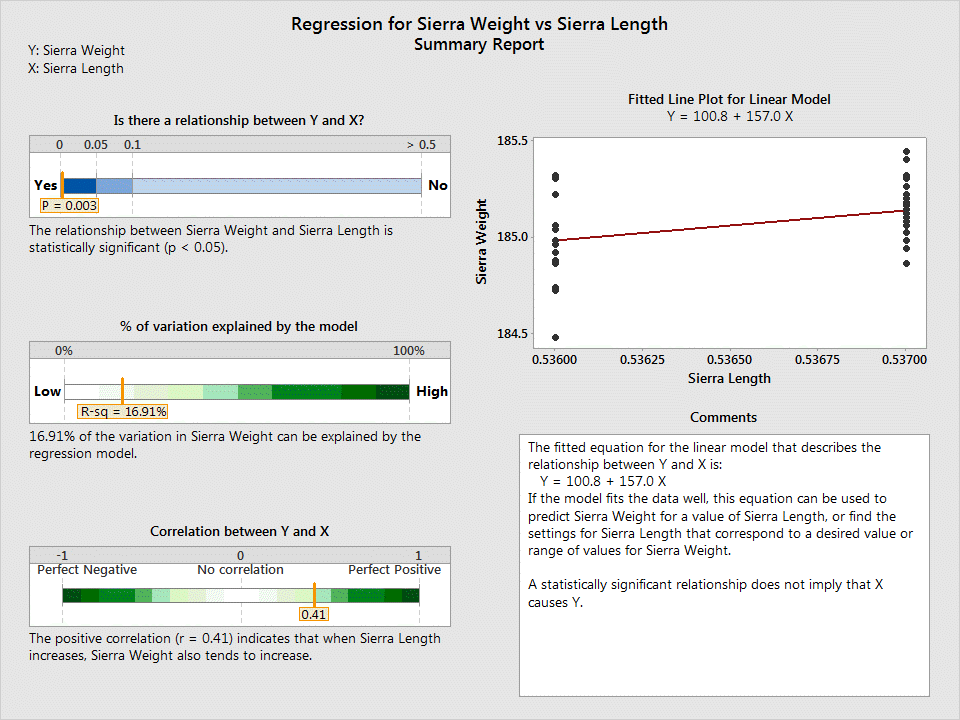In an email exchange with Dave Salyer regarding handloading for Bullseye, he made mention that when using Nosler JHPs he had found a half inch improvement in group size at 50 yards when using new cases compared to mixed cases. This has me thinking two thoughts: 1) that case tension when new could potentially be a factor in attaining accuracy and 2) that bullet choice should center on a JHP bullet for optimal results.
With Dave’s mention on the brain, I purchased a bunch of different match grade bullets and have been slowly measuring them and sharing the results here. I believe that by measuring them I should be able to tell at least two things: 1) whether or not the bullets were statistically consistent and 2) try to determine if the measurements I found from the Nosler JHP were also present in other makers offerings.
It appears that the Sierra Sports Master, model #8800, exceeds the beloved Nosler JHP in standard deviation (SD) of both weight and length and may be an idea candidate for a 50 yard load. This assumes that a lower SD (in these areas) is conducive to best accuracy.
Diameter:
Measurements taken were weight, length, and diameter (in that order). At first, I was a bit baffled by my measurements- I even got out the micrometer to check, but these bullets, as the specification sheet indicates, do in fact measure .4515″ at the base. There is a slight outward taper below the ogive from .451″ to .4515″ at the base, but it is there.
Length:
You won’t believe this, but there were only two different lengths captured in my sample of 50: .536 and .537 inches.
Either I just measured 50 of the most consistent bullets so far, or something was wrong in my measurement process. As near as I can tell, both my technique and equipment is no different than previous studies. These bullets are incredibly consistent in terms of length- a single thousandth of an inch being the only difference between the bullets in the sample.
Weight:
The probability plot indicates that the sample weights were normally distributed, save for an outlier:
The summary report indicates that the mean and median are the same. The report also indicates that the SD is .18 grains, more than half smaller than the Nosler weights reported back in March. Lastly, I’m pleased to report that the Sierra bullets I measured here are on average 185.09 grains- meaning you actually on average getting what is claimed on the box.
Relationship Between Weight vs Length:
A regression analysis indicates that there is some relationship between weight and length, but that they are not particularly strongly related with one another, as Pearson’s coefficient is a modest 16.91%. This is most likely due to only two lengths to model the evenly distributed weights.
Conclusion:
In general, these bullets appear to be well made and arrived in excellent shape. On average, these bullets are slightly overweight. These bullets have had the lowest standard deviation in weight of any bullets measured thus far, and the consistency will not be a detriment. These bullets appear to be constrained in terms of their length, as they have been the most tightly spaced of any measured thus far. Like the Nosler JHP, this tightly controlled length may help keep bullet seating repeatable and crimping consistent. This in turn may explain why these bullets will be excellent performers for 50 yard bullseye shooting.
Measurement Tools:
Mitutoyo Digital Micrometer/GemPro 250 Digital Scale



